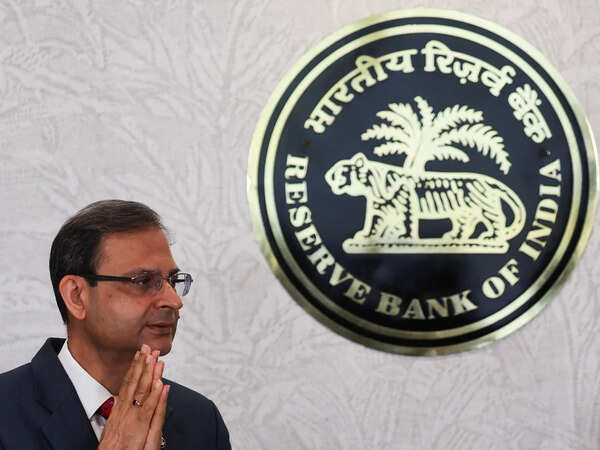MUMBAI: All regulated entities can now take part in colending, whose scope will extend beyond segments covered under priority-sector lending (PSL), according to the Reserve Bank of India (RBI).
Banks can enter into such arrangements with one another and not just with non-banking financial companies (NBFCs). Similarly, an NBFC can do colending with another NBFC.
This move is expected to enhance the flow of credit to underserved segments, such as micro, small, and medium enterprises (MSMEs), and ensure stronger customer protection, experts said.
However, experts highlighted the process of forming partnerships and executing colending agreements was lengthy, which may be a challenge. Additionally, regulated entities have to share risks of a client defaulting on payment, therefore posing an additional burden on banks and NBFCs.
“…co-lending arrangements have helped in PSL. Now, we are expanding to other segments outside PSL as well. Currently, it was the bank and the NBFCs who could enter into this arrangement. Now, two banks can enter into this arrangement as well,” said RBI Governor Sanjay Malhotra, adding that under this arrangement, the borrower got the benefit of lower interest rates as banks received funds at lower rates and NBFCs compensated for the rest. So, it is a win-win for banks and NBFCs, he said.
Kirti Timmanagoudar, head of strategy & co-lending, IIFL Finance, said: “Small NBFCs that were not able to come into a pact with banks can now easily do so, starting with a large NBFC as step 1 and then with banks. In a nutshell, it is a positive move and will help underserved customers.”
Colending allows regulated entities to jointly fund a loan portfolio in a ratio agreed upon, involving revenue and risk sharing with or without sourcing and management arrangements.
According to the RBI’s revised guidelines on colending, if any regulated entity declares a client a non-performing asset, it will be classified accordingly for all other regulated entities. Additionally, regulated entities involved in colending will be allowed to provide default-loss guarantees up to 5 per cent of loans outstanding in respect of loans under the agreement. Providing such default-loss guarantees will be governed by guidelines issued for digital lending.
Experts said NBFCs typically disbursed loans to customers with profiles similar to those in PSL, though they were not classified under PSL. Since NBFCs are not subject to PSL requirements, they do not need to verify customer backgrounds. However, when entering into a colending agreement with a bank, adequate certification is required, which some NBFCs fail to provide. Therefore, the relaxation of the PSL requirement in colending arrangements will help NBFCs increase credit flow to underserved sectors.
Earlier a committee, headed by State Bank of India, had been set up by the Department of Financial Services on colending.
This model has emerged as a powerful mechanism to enhance financial inclusion and expand credit access. It has been used to serve sectors like MSMEs, electric vehicles, and loans for agriculture.
Commercial banks have partnered seven NBFCs for colending, while private banks have had deals with a smaller number of NBFCs, indicating significant untapped potential in this space.
“Seventy-five per cent of colending volumes handled by banks are in non-PSL loans. This will significantly broaden the scope of colending, and we will see banks scaling up volumes far beyond current levels,” said Kishore Lodha, chief financial officer, UGRO Capital.
Source: Business Standard

 ADB Revises India’s FY26 Growth Forecast To 6.7 Per Cent Amid US Tariff Risks
ADB Revises India’s FY26 Growth Forecast To 6.7 Per Cent Amid US Tariff Risks 